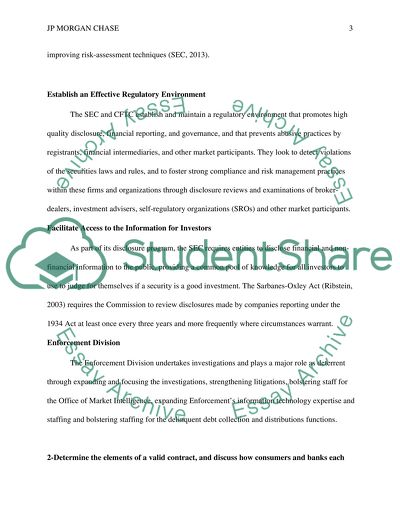Cite this document
(U.S. Securities and Exchange Commission Term Paper, n.d.)
U.S. Securities and Exchange Commission Term Paper. Retrieved from https://studentshare.org/law/1469162-assignment
U.S. Securities and Exchange Commission Term Paper. Retrieved from https://studentshare.org/law/1469162-assignment
(U.S. Securities and Exchange Commission Term Paper)
U.S. Securities and Exchange Commission Term Paper. https://studentshare.org/law/1469162-assignment.
U.S. Securities and Exchange Commission Term Paper. https://studentshare.org/law/1469162-assignment.
“U.S. Securities and Exchange Commission Term Paper”, n.d. https://studentshare.org/law/1469162-assignment.


